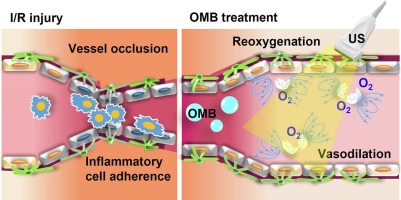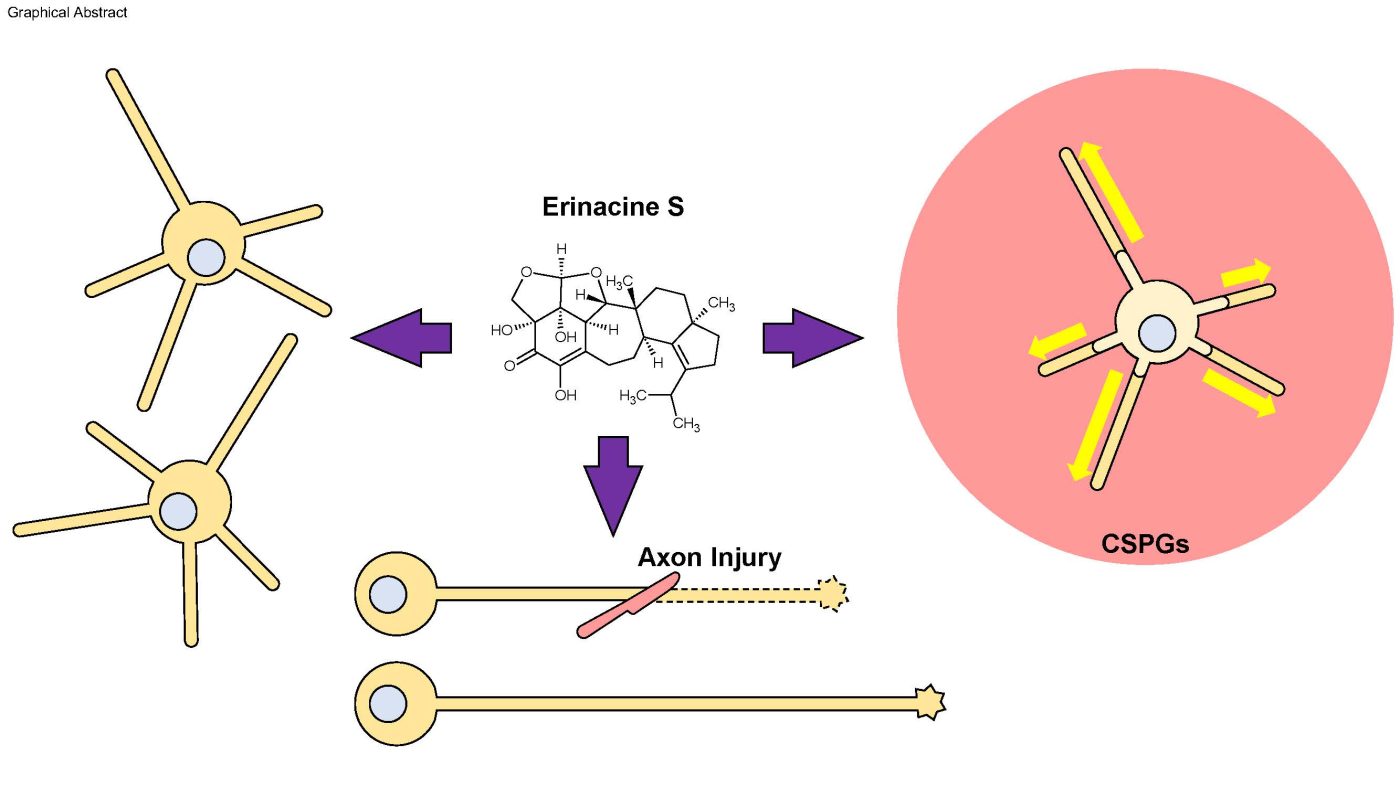王雲銘教授研究團隊發表研究成果於 Journal of Materials Chemistry B
連結網址:https://pubs.rsc.org/en/content/articlelanding/2023/tb/d3tb00587a
Abstract
Craniofacial/jawbone deformities remain a significant clinical challenge in restoring facial/dental functions and esthetics. Despite the reported therapeutics for clinical bone tissue regeneration, the bioavailability issue of autografts and limited regeneration efficacy of xenografts/synthetic bone substitutes, however, inspire continued efforts towards functional conjugation and improvement of bioactive bone graft materials. Regarding the potential of nitric oxide (NO) in tissue engineering, herein, functional conjugation of NO-delivery dinitrosyl iron complex (DNIC) and osteoconductive bone graft materials was performed to optimize the spatiotemporal control over the delivery of NO and to activate synergistic osteogenesis and angiogenesis in rat calvaria bone defects. Among three types of biomimetic DNICs, [Fe2(μ-SCH2CH2COOH)2(NO)4] (DNIC-COOH) features a steady kinetics for cellular uptake by MC3T3-E1 osteoblast cells followed by intracellular assembly of protein-bound DNICs and release of NO. This steady kinetics for intracellular delivery of NO by DNIC-COOH rationalizes its biocompatibility and wide-spectrum cell proliferation effects on MC3T3-E1 osteoblast cells and human umbilical vein endothelial cells (HUVECs). Moreover, the bridging [SCH2CH2COOH]− thiolate ligands in DNIC-COOH facilitate its chemisorption to deproteinized bovine bone mineral (DBBM) and physisorption onto TCP (β-tricalcium phosphate), respectively, which provides a mechanism to control the kinetics for the local release of loaded DNIC-COOH. Using rats with calvaria bone defects as an in vivo model, DNIC-DBBM/DNIC-TCP promotes the osteogenic and angiogenic activity ascribed to functional conjugation of osteoconductive bone graft materials and NO-delivery DNIC-COOH. Of importance, the therapeutic efficacy of DNIC-DBBM/DNIC-TCP on enhanced compact bone formation after treatment for 4 and 12 weeks supports the potential for clinical application to regenerative medicine.




